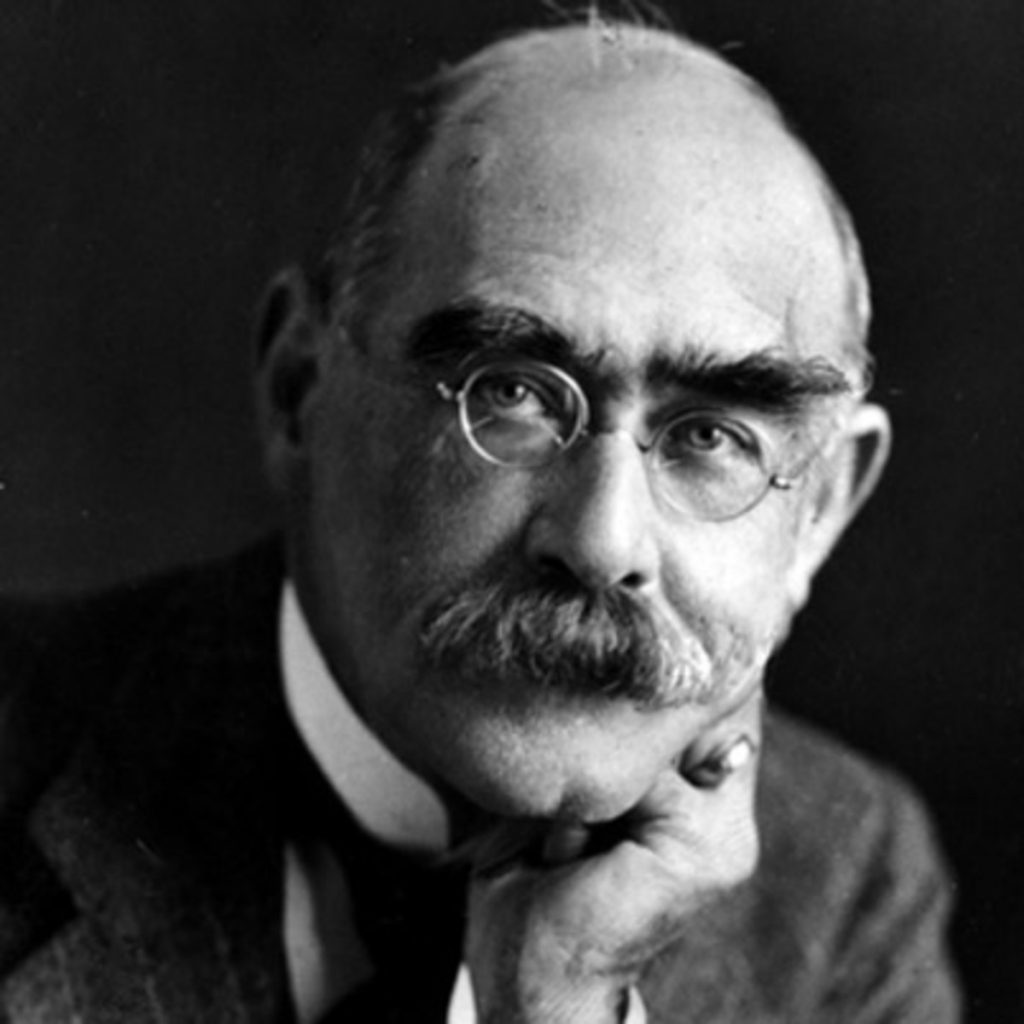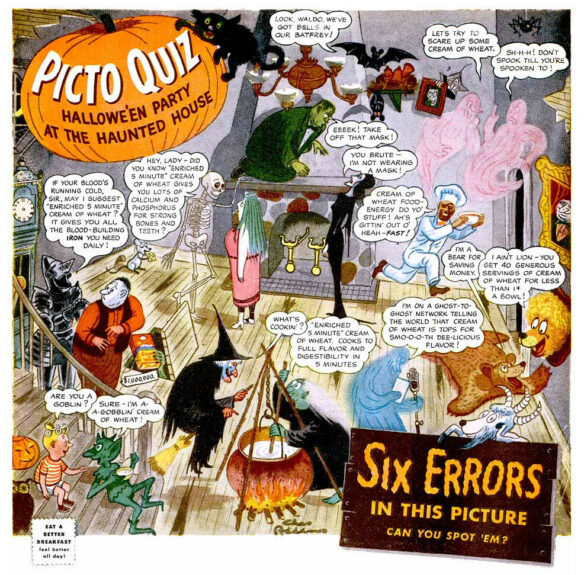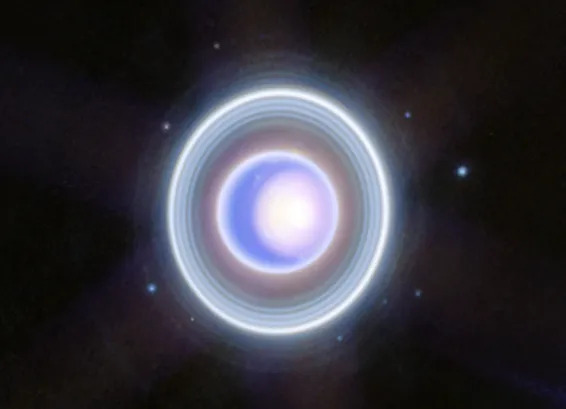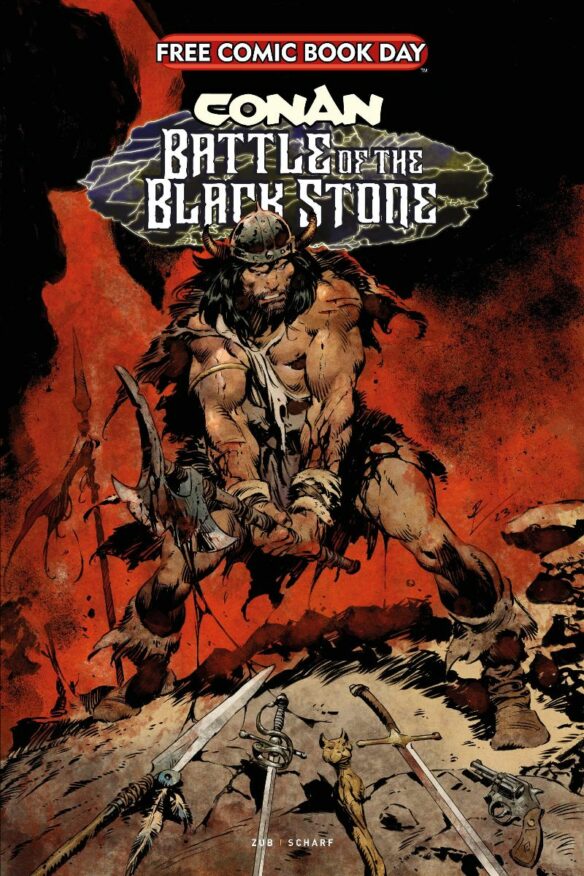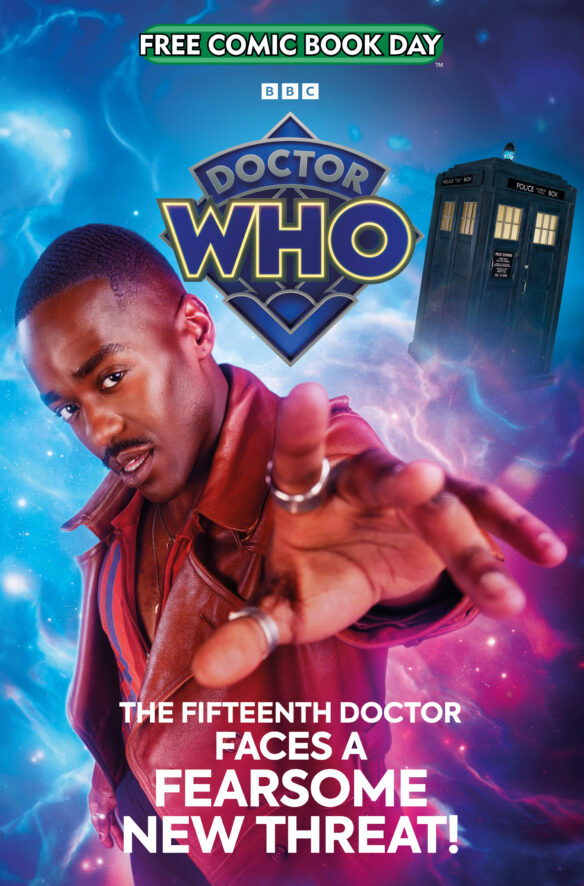(1) DATLOW Q&A. The Horror Writers Association blog checks in with one the genre’s all-stars: “NUTS & BOLTS: Interview With Ellen Datlow, Editor and Shaper of Multiple Genres”.
Q: What qualities must a story have to qualify as good horror in particular?
A: The things that any good story has plus the building of a sense of unease in the reader, the feeling that something is seriously wrong — dark and creepy and horrific. Horrible things are going to happen or are happening. I don’t expect stories to scare me, but I surely appreciate them making me feel extremely uncomfortable.
Q: What are some of your most common reasons for rejecting stories?
A: Bad writing, boring, tired plots. The words lying there like a dead fish.
(2) 2024 NEBULA CONFERENCE PRELIMINARY PROGRAMMING SCHEDULE HAS BEEN RELEASED. SFWA’s preliminary programming schedule for the 2024 Nebula Conference can be viewed here. The full schedule of events, including office hours and author meet-and-greets is yet to come.

Programming will begin on the 6th of June at 1:30pm PDT and conclude on the 9th of June at 11:30am PDT.
This professional development conference is for all authors and industry professionals within the science fiction, fantasy, and related genres and includes content geared toward creators working in games, comics, prose, poetry, and other mediums of storytelling.
If you volunteered to speak on programming: Thank you! You may have received a programming assignment email–please review this email to accept your assignment. Some assignments, however, will arrive in later waves. If you have not received an assignment you are still being considered. Our programming team will send notifications to all speaking volunteers, including those who were not scheduled, when assignments are complete.
If you submitted a programming idea: We’re grateful for the hundreds of panel topics and suggestions submitted for the conference – if your submission was not scheduled for this conference weekend, we may still be in touch about using it for an online panel later this year or during another event.
New Registration Feature: If you’ve already registered for the conference, we’ve now implemented a checkbox on newer registrations to show that you’re going! This option wasn’t available early on in the registration process, but if you’d like to opt-in and show your name on our list of attendees, please email [email protected] and we’ll get you sorted!
Registration (whether online or in-person in Pasadena, CA, includes access to the event, a year of access to recordings of many of the weekend’s panels, mentorship opportunities, the Nebula Awards ceremony, a conference Discord, and entry to our ongoing Nebula conference events–writing events, regular online panels, meetups, and more!
Room Block: If you are thinking about attending in person, time is ticking to reserve your room for the conference. Our room block will be closing soon and SFWA will not be able to guarantee the price for your stay with us. Every room that is booked directly will help us with our room block obligations, so if you have already booked, please let us know so we can add you to our list!
(3) A THOUSAND SUNS. Inverse says don’t miss out: “The Best Sci-Fi Anthology Series of the Year Is Streaming For Free Right Now”.
…One indie sci-fi anthology series, just released on YouTube, proves that the short form is still alive and well. A Thousand Suns is a series created by filmmaker Macgregor, a cinematographer who has worked on everything from music videos for Dua Lipa to the Gerard Butler spy thriller Kandahar. Produced by Blackmilk Studios, with work from directors Ruairi Robinson, Tyson Wade Johnston, Tim Hyten, and Philip Gelatt, A Thousand Suns is basically a miniature, independent sci-fi film festival that you can watch right now….
…Because each of these shorts is about four minutes long, the Black Mirror-esque twists are sort of already happening as soon as you start watching….
…As of April [15], 2024, there are six episodes of A Thousand Suns up on YouTube and on the official site: 1Ksuns.com.
This is the trailer:
Here’s Episode One:
(4) CINEMATIC LANGUAGE. “’Civil War’ Action Sequences Build on War Movies” at IndieWire.
… “Civil War” joins a robust tradition of war films stretching back as far as 1925’s “The Big Parade” and 1926’s “What Price Glory?” that try to convey the power of violence itself: its horror, its allure, its twisted humor, and most of all its undeniable pull towards more violence. Hardy told IndieWire that he was much more influenced by photographers William Eggleston and Saul Leiter than specific war films or war photographers — although he did look at the work of Jessie’s (Cailee Spaeny) hero Lee Miller and others….
… Here are five war films (and one video game) that all share something — be it a sensibility, specific techniques, or a philosophical approach — with how “Civil War” tackles its action and combat sequences. They show just how successful war films can be at evoking strong feelings about violence, suffering, power, and courage, and also just how hard it is to tell war stories in a way that helps us avert them….
Here’s what the writer says about one of them:
‘Zero Dark Thirty’ (2012)
The impact of “Zero Dark Thirty” seems to have lessened over time, but that might be because the Seal Team Six assault that takes up the final third of Kathryn Bigelow’s film is so tautly edited that it leaves no room for other combat sequences to top its realism. Its use of night vision cameras and its ability to make the camera feel like another soldier on the mission is painfully precise. But there’s also something of a military practitioner’s perspective on how the camera tracks movement and what it settles on as important — it assesses threats and moves on. That perspective is sometimes clinical, sometimes fearful and adrenaline-fueled, and doesn’t leave too much space for sadness or horror until it floods in. Whether that is good enough determines whether you think a movie with combat sequences like “Zero Dark Thirty” or “Civil War” is ultimately a success or a failure in what it has to say about war.
(5) BAKER STREET IRREGULARITIES. Here’s a literary curiosity: “Sherlock Holmes Original Manuscripts by Conan Doyle: A Census by Randall Stock & Peter E. Blau”. There is a list at the link.
…Conan Doyle wrote 60 Sherlock Holmes stories. He sold or gave away many of these manuscripts during his lifetime. He passed along others through his children. They eventually sold most of them, but his last surviving child, Dame Jean Conan Doyle (1912-1997), bequeathed three Holmes manuscripts to British institutions. Her gifts included The Retired Colourman, The Illustrious Client, and The Creeping Man….
… Almost all of the Holmes manuscripts written after 1902 still exist, in part because Conan Doyle started submitting typed copies to his publishers and retaining the original for himself. Only 4 of the 27 manuscripts written before 1902 are known to survive, although a few leaves remain from three other tales. Private collectors hold about half of the known existing manuscripts….
(6) EXTREMIST PLAY. “IntelBrief: Incels and the Gaming-Radicalization Nexus” is an overview by The Soufan Center.
… Gaming is an inherently multisensory, immersive experience that, when riddled with violence or slanted by an extremist ideology, can be more impactful than a simple propaganda text or image in the radicalization process. According to a report by the UN Counter-Terrorism Centre (UNCCT) on the intersection between gaming and violent extremism, simulations created by extremists in otherwise neutral games like The Sims and Minecraft allow players to experience the Christchurch massacre from the shooter’s perspective. Meanwhile, in Roblox, a system that allows users to program and play games created by themselves or other users, extremists have created “white ethnostates”. Christian Picciolini, a former white supremacist, has explained how far-right extremists use popular games like Fortnite, Minecraft, and Call of Duty to recruit and radicalize marginalized youth experiencing social isolation….
(7) DRAGON ICON BURNS. “Fire destroys Copenhagen’s Old Stock Exchange, collapsing its spire” – AP News says the 184-foot-tall dragon-tail spire was destroyed today.
A fire raged through one of Copenhagen’s oldest buildings Tuesday, destroying about half of the 17th-century Old Stock Exchange and collapsing its iconic dragon-tail spire, as passersby rushed to help emergency services save priceless paintings and other valuables.
The blaze broke out on the building’s roof during renovations, but police said it was too early to pinpoint the cause. The red-brick building, with its green copper roof and distinctive 56-meter (184-foot) spire in the shape of four intertwined dragon tails, is a major tourist attraction next to Denmark’s parliament, Christiansborg Palace, in the heart of the capital.
Bells tolled and sirens sounded as fire engulfed the spire and sent it crashing onto the building, which was shrouded by scaffolding. Huge billows of smoke rose over downtown Copenhagen and could be seen from southern Sweden, which is separated from the Danish capital by a narrow waterway.
(Click for larger images.)


(8) TODAY’S BIRTHDAY.
[Written by Cat Eldridge.]
Born April 16, 1921 — Sir Peter Alexander Ustinov. (Died 2004.) Peter Ustinov showed up in Logan’s Run as the Old Man; he had the lead role in Blackbeard’s Ghost as Captain Blackbeard based the Robert Stevenson novel; he was Charlie Chan in Charlie Chan and the Curse of the Dragon Queen (it’s at least genre adjacent, isn’t it?); he’s The Caliph in stellar Thief of Baghdad; a truck driver in The Great Muppet Caper and finally he has the dual roles of Grandfather and Phoenix in The Phoenix and the Carpet.
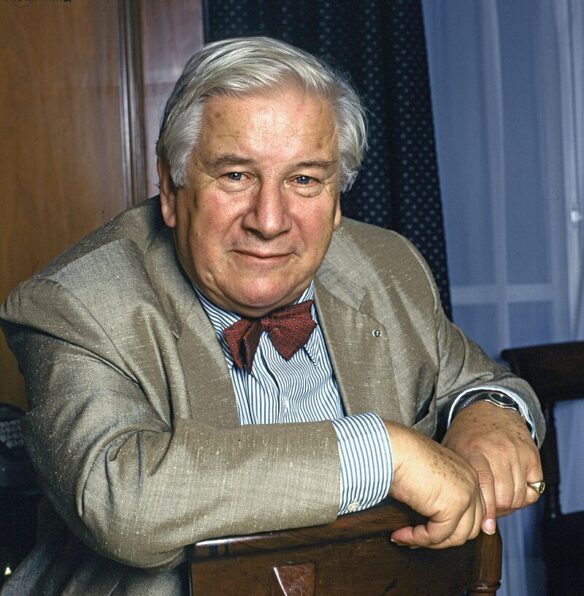
He voiced myriad characters in animated films including that of Grendel in Grendel Grendel Grendel based off John Gardner’s novel Grendel, in Robin Hood, he voiced Prince John King Richard; and in The Mouse and His Child, he was the voice of Manny the Rat.
Now I’m going to admit that my favorite role by Peter Ustinov was playing Poirot which he did in half a dozen films, which he first in Death on the Nile and then in Evil Under the Sun, Thirteen at Dinner, Dead Man’s Folly, Murder in Three Acts and Appointment with Death. He wasn’t my favorite Point as that was David Suchet but it was obvious that he liked performing that role quite a bit.
(9) COMICS SECTION.
- The Far Side needles Superman.
- Macanudo shows a problem you can never get away from, even on Arrakis.
(10) CHP PUTS THEIR FOOT DOWN. Luckily, they were wearing shoes.“California police arrest four in $300,000 stolen Lego brick bust” in The Verge.
Los Angeles citizens can rest easy knowing that a criminal theft ring is no longer stalking the city’s retail stores to feed a Lego black market. That’s because the California Highway Patrol (CHP) announced this week that it had arrested four people it accused of swiping what police estimated was “approximately $300,000” worth of Lego sets.
The four had allegedly burgled stores like Target, Home Depot, and Lowe’s of their Lego stock and sold them to black-market dealers who would then vend the stolen bricks at “seemingly legitimate businesses, swap meets, or online.” Police say they were booked on “charges related to Organized Retail Theft, Grand Theft, and Conspiracy to commit a crime.”…
(11) AS YOU WISH. Figure Fan Zero reviews “The Princess Bride Figures by McFarlane”. Lots of photos of the figures in different poses.
The Princess Bride is a movie that I absolutely love and for some reason never seem to re-watch a lot these days. I’m not sure why that is, but maybe it’s because I overdid it back when it first hit home video. I was surprised to see McFarlane turn up with the license, not only because it was a weird fit among their sea of DC Comics and Warhammer figures, but also because the film has received so little merchandising over the years. Either way, I wasn’t in on these figures when they were first released, but earlier this year they hit the bargain bins and I was able to snap up the regular figures for under ten bucks each and the Mega Figure, Fezzik, for $16. So, let’s just tackle the whole damn thing today! Inconceivable? Nah, we can do this!

(12) JOCULARITY. Entertainment Weekly is “On set for Ncuti Gatwa’s ‘Doctor Who’ debut”.
…To be fair, Gatwa has a lot to laugh about. After stealing scenes in Sex Education and Barbie, the 31-year-old actor is launching his next act, playing the titular Time Lord in the BBC’s legendary sci-fi series Doctor Who. After popping up in last year’s 60th anniversary special, “The Giggle,” and a solo Christmas episode, he’s now taking full control of the TARDIS, headlining his first full season as the Doctor — making him the first Black and first openly queer man to take on the role. It’s a new era for both Gatwa and the show itself: For the first time ever, the BBC is partnering with Disney+ to launch the show worldwide, and when the new season premieres May 10, it will air simultaneously around the globe….
(13) FORGET PLAN A, FIND PLAN $. NASA admits plan to bring Mars rocks to Earth won’t work — and seeks fresh ideas. Meaning: cheaper. “Nasa: ‘New plan needed to return rocks from Mars’” at the BBC.
The US space agency says the current mission design can’t return the samples before 2040 on the existing funds and the more realistic $11bn (£9bn) needed to make it happen is not sustainable.
Nasa is going to canvas for cheaper, faster “out of the box” ideas.
It hopes to have a solution on the drawing board later in the year.
Returning rock samples from Mars is regarded as the single most important priority in planetary exploration, and has been for decades.Just as the Moon rocks brought home by Apollo astronauts revolutionised our understanding of early Solar System history, so materials from the Red Planet are likely to recast our thinking on the possibilities for life beyond Earth….
(14) IT’S OFFICIAL. “NASA confirms mystery object that crashed through roof of Florida home came from space station” — Yahoo! has the story.
NASA confirmed Monday that a mystery object that crashed through the roof of a Florida home last month was a chunk of space junk from equipment discarded at the International Space Station.
The cylindrical object that tore through the home in Naples on March 8 was subsequently taken to the Kennedy Space Center in Cape Canaveral for analysis.
The space agency said it was a metal support used to mount old batteries on a cargo pallet for disposal. The pallet was jettisoned from the space station in 2021, and the load was expected to eventually fully burn up on entry into Earth’s atmosphere, but one piece survived.
The chunk of metal weighed 1.6 pounds (0.7 kilograms) and was 4 inches (10 centimeters) tall and roughly 1 1/2 inches (4 centimeters) wide.
Homeowner Alejandro Otero told television station WINK at the time that he was on vacation when his son told him what had happened. Otero came home early to check on the house, finding the object had ripped through his ceiling and torn up the flooring….
(15) BUSINESS IS BOOMING. Unlike the last story, you won’t need NASA to make a home delivery in order to look at this: “NASA’s New Solar Sail Spacecraft Will Shine So Bright We’ll See It From Earth” reports Autoevolution.
… The most recent piece of news on this front comes from American space agency NASA, which announced last week that it is getting ready to launch a new kind of solar sail that may revolutionize such technologies.
You see, one of the trickiest parts of making a solar sail is not the sail surface itself but the booms that are used to deploy them. That’s because solar sails are meant to extend after the ship reaches space.
At the moment there are only so many materials booms can be made from, and so many structures that can be used, and that limits the capabilities of a functional sail. NASA says it kind of solved that problem and promises “to change the sailing game for the future.”The hardware that will do that is officially called Advanced Composite Solar Sail System (ACS3), and it physically comprises twelve NanoAvionics CubeSats linked together. The boom that’s meant to unfurl the sail is made of flexible polymer and carbon fiber materials.
NASA says this way of making the booms ensures they are both stiffer and lighter than what came before, which were either heavy, metallic structures or light but bulky ones that didn’t necessarily fold as they should have.
The new NASA design comes as tubes that can be squashed flat and rolled like a tape measure – up to 23 feet (seven meters) of booms can be rolled into something that fits in a human hand, NASA says. The design also provides less bending and flexing during temperature changes, which is what the spacecraft is expected to experience in space….
(16) SCOOBY SPINOFF CONTINUES. Velma Season 2 premieres April 25 on Max.
More mystery. More murder. And lots, lots more meddling.
[Thanks to SF Concatenation’s Jonathan Cowie, Steven French, Mike Kennedy, Francis Hamit, Kathy Sullivan, Andrew Porter, John King Tarpinian, Chris Barkley, and Cat Eldridge for some of these stories. Title credit belongs to File 770 contributing editor of the day Daniel Dern.]





